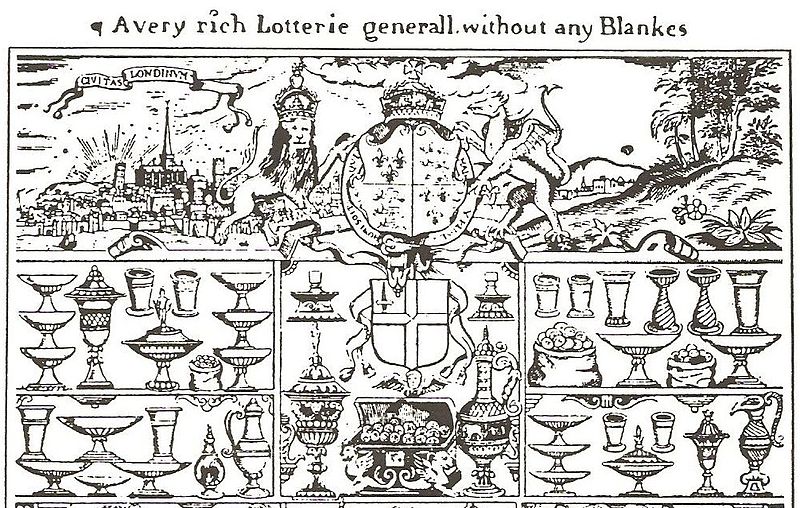 |
| Eustace Chapuys, ambassador of the Holy Roman Emperor at the Court of Henry VIII |
On this occasion, according to Chupuys, he was advised that his marriage should not be dissolved, but on the other hand it would be perfectly legal for him to take a second wife.
This suggestion Henry found 'extravagent and absurd' and would not consider. Nevertheless, Henry continued to pursue solutions in Jewish law to the 'Great Matter' of his marriage, primarily relating to the legality of marrying the widow of one's brother.
The argument used by the Jewish scholar for royal bigamy was that, since Henry had married his brother's widow, under Jewish law his heirs were ascribed to Catherine's first husband (Prince Arthur, who died in 1503), and not Henry (based on Deuteronomy 25). Since it was unreasonable that someone should be unable to produce heirs of their own, it was therefore permissible to take a second wife.
Henry, by contrast, was interested in the apparent contradiction between Deuteronomy 25, which commanded that a man must marry his brother's widow (and have children), and Leviticus 18, which forbade a brother from having intercourse with his brother's wife, and the potential for interpretations that might release him from marriage to Catherine.
The scholar in question was probably Marco Raphael, a convert to Christianity. In 1531 Jews were banned from England, as they had been since 1290 and would remain until 1655, and ubiquitous anti-semitic sentiment made it impossible for Henry to invite some of the rabbis he consulted to England. Raphael was politically acceptable as a convert, but unfortunately gave the wrong answer to the leading question that Henry had asked. Isaac Halfron, a Venetian rabbi, by contrast, had given the correct answer, but only by a letter. Halfron stated that while the law commanding marriage in Deuteronomy had fallen into abeyance since the Talmudic era, the law in Leviticus forbidding sexual relations with one's brother's wife had not, and therefore Henry's marriage to Catherine of Aragon was illegal.
Additional details from The Jews in the History of England, 1485-1850, by David S Katz via http://jeremyrosen.blogspot.com/2007/06/henry-viii-and-jews.html

